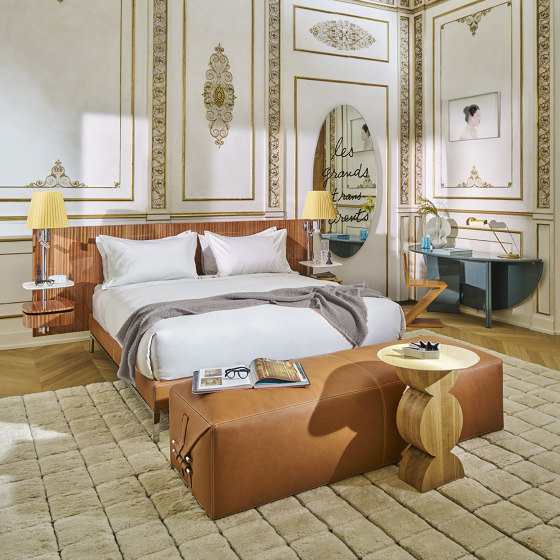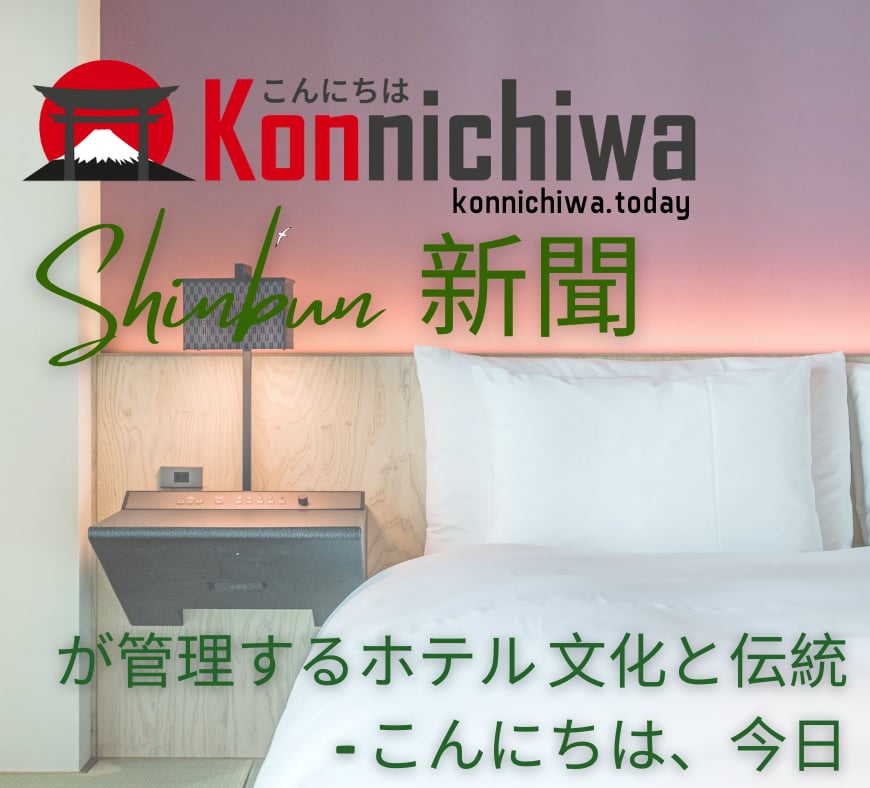Want consumers to understand a product’s value? Tell a compelling story, panelists say

HIGH POINT — Determining the value of a piece of furniture and communicating that value proposition to a consumer audience is no simple task, presenters agreed during a panel moderated by Furniture Today Executive Editor Cindy Hodnett on “Understanding and Communicating the Value of Home Furnishings” during High Point Market.
While each had their own formula for assessing value, what it comes down to in many cases is the emotional connection a buyer has with a piece. Alex Shuford III, CEO of Rock House Farm Brands, put forth this equation for value: love = price x time. “If you’re going to have an experience you love,” he said, “you’ll pay more for it.”
Quality is another factor to weigh in determining value, said Sean O’Connor, president of Universal Furniture, while practicality plays a role as well, added Maurishka Pinedo, creative director at Cisco Home.
“Does it do what you want it to do?” she asked. “If it stands for what you want, then it’s worth it,” she said.
For furniture designers Dudley Moore of Otto & Moore and Taylor West of West Design Group, value is often tied to price as they work to deliver the most value at various levels. “Designing value is how close we get to what the company wants at a particular price range,” said West.
A consumer’s perception of value at a particular price point continues to evolve, said Moore. In case goods, he said, the focus was on the face but, increasingly, consumers want quality throughout a piece, including the drawer guides. “At any price point, the customer has to see value,” he said.
How long a customer plans to own a piece of furniture sets different expectations, noted Shuford, as does whether they want a piece that looks like thousands of others or is customized to their specifications. “If you want thousands of it, you can bring it in cheaper from overseas,” he said. “But if you want it to be custom, you have to pay more.”
The panel noted the disconnect that often exists between customers who think nothing about carrying a $20,000 handbag but bristle at the thought of spending thousands on a sofa. Education is needed, said Pinedo, to guide the consumers through the process of buying a sofa, which isn’t a natural or learned behavior.
Senior interior designer Kate McKee of Barbour Spangle Design said it’s important to communicate that, just like that expensive handbag, there’s much more to a quality sofa. “It’s an education process,” she said, adding that getting the message across “does require patience.”
Like the designer bag, the mattress industry also has made a strong case for the quality and value of its products, said O’Connor. Shuford agreed, noting mattresses “have been made into a health product. But we haven’t made that leap with furniture.”
While mattress makers have communicated how the product breaks down over time and needs to be replaced frequently, furniture makers haven’t done the same for upholstered products.
What is comfortable on Day One isn’t the same a thousand days later, said Shuford, and that’s especially true with less expensive products using poorer quality foam, springs or fabrics. “Part of value is putting off regret,” he said.
“When things break down, they (the consumer) lose trust in our industry,” added McKee.
The panelists noted the vital importance of “telling the story” about furniture, citing retailer RH as an example of how to successfully make a connection with consumers, even as they questioned RH’s ability to deliver on the quality/value equation.
“We tell the story because we want to sell products,” said Pinedo, “but sometimes we just need to educate.” And that includes making industry buzzwords, like “eight-way hand-tied” and “benchmade” relatable, the panelists agreed.
Part of the value proposition, said Shuford, is the entire experience: from design to delivery. The customer will remember that experience, he said. “We don’t tell that (bespoke) story enough,” he said.
“There is space in our industry to talk about the love and the craftsmanship,” said West.
O’Connor, who said he started in the industry as a sales rep, said relying on the person selling the sofa isn’t sufficient.
“We have to give credit where credit is due,” he said, noting factory tours that show the artisan nature of upholstery is one step, while websites that emphasize the quality of construction, such as dovetail drawers, is another. “Talk about the details that set you apart,” he said.
“It’s a job of relationships and psychology,” said McKee. “It’s our responsibility to steer our clients and tell whatever story works best.”












































